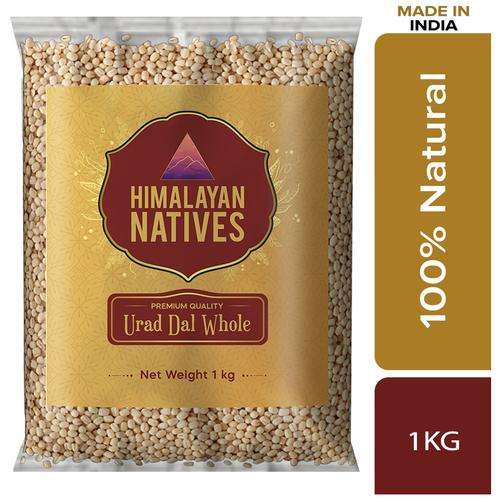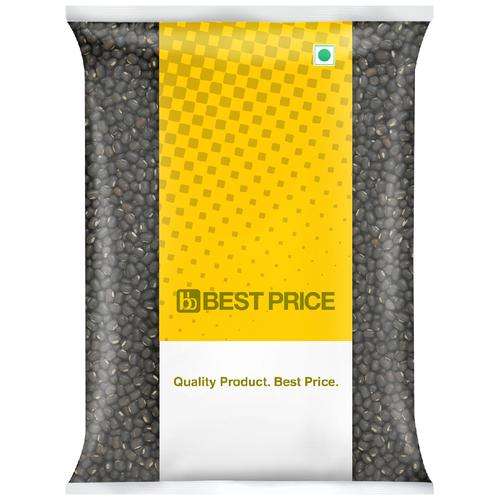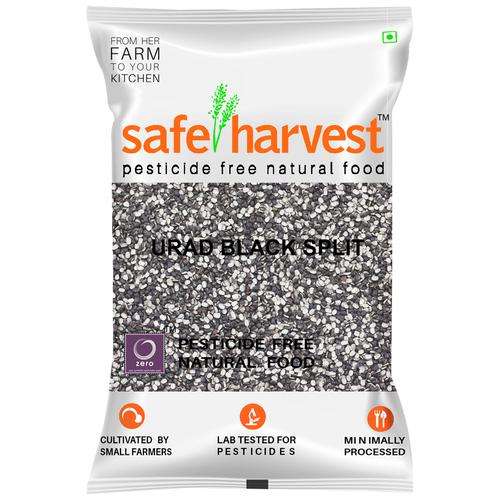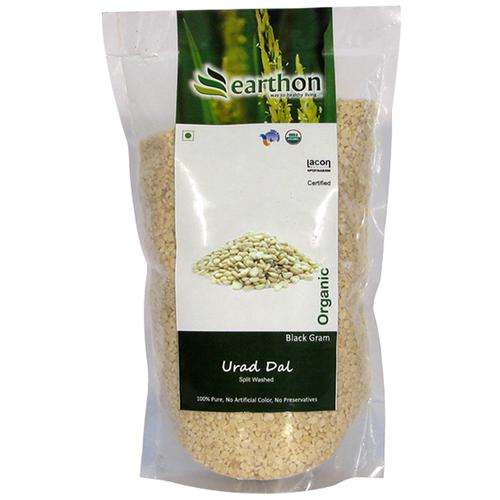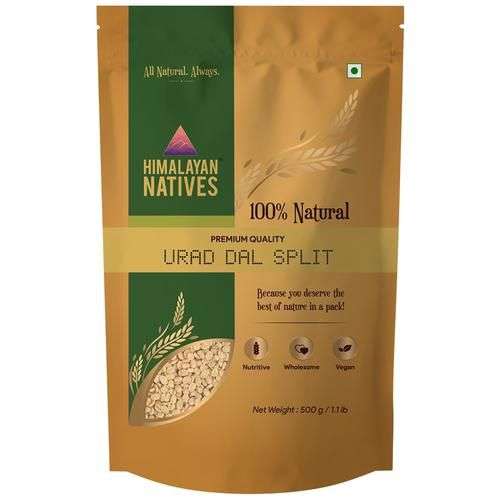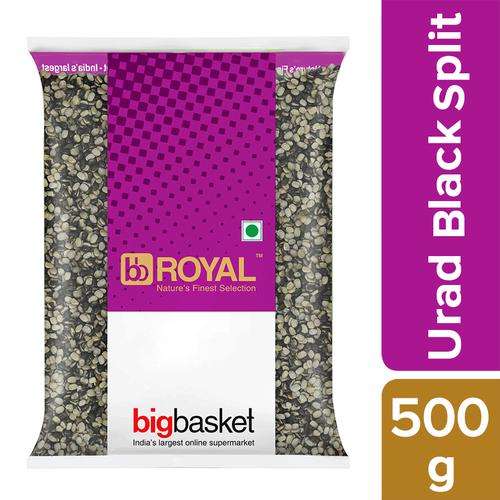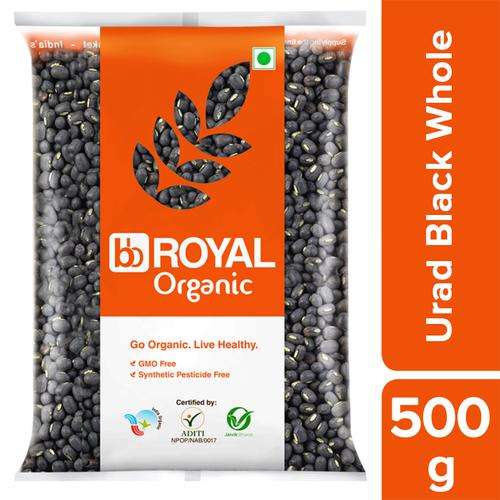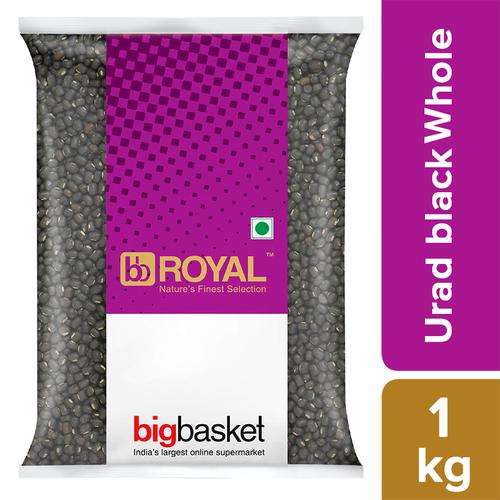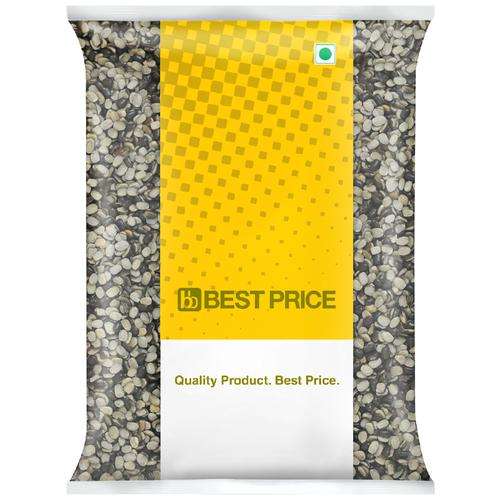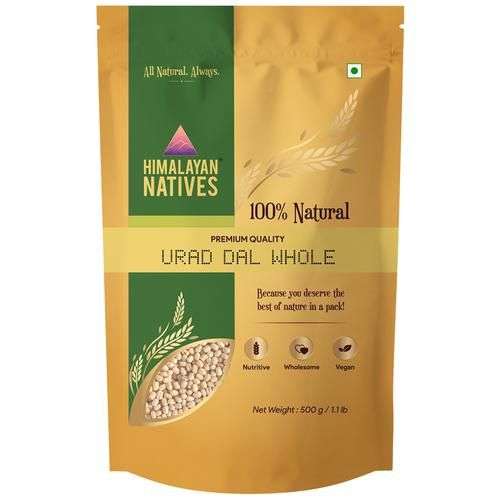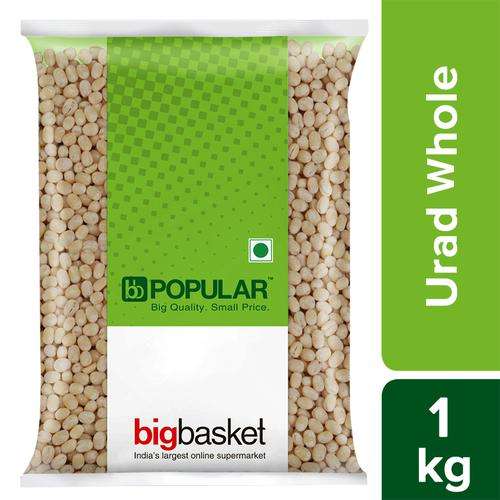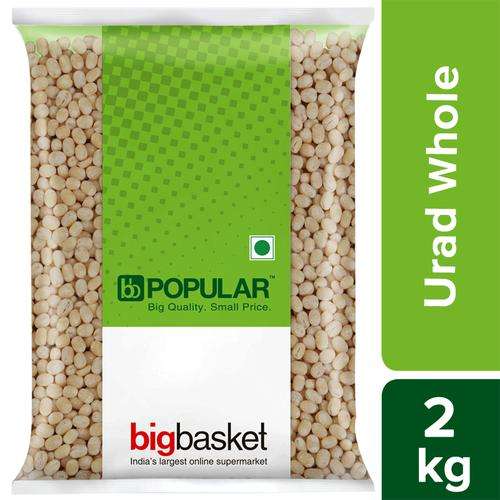Urad Dal Price
Looking for urad dal price? Here you could locate modern-day urad dal charge of diverse brands. Priceo is the satisfactory vicinity to discover urad dal price on line due to the fact Priceo immediately integrates with important on line sellers to replace its costs in actual time.
To make it easy to find for our users, we have shortlisted some of the most popular urad dal products and listed out price of their 1kg urad dal packaging. Please note these prices are constantly changing and could be different at the time of actual purchasing. The urad dal price 1kg depends on the type of product and the region it is produced in. During the current price surge, consumers have been paying more than triple the price of a month’s supply. This is because more buyers are willing to pay higher prices, as the price of urad dal has increased.
The Dal price depends on the quantity you order. It is stored in bulk and usually sold for the lowest price. In the winter season, fresh produce will be available in December and January. The amount of the fresh produce will affect the price. There are many sources of urad dal, so it is important to shop around to find the lowest price. This article will discuss the differences in the price and other features.
The cost of urad dal is also affected by the recent coup in Myanmar, which has interrupted the supply chain. India is the largest buyer of the grain, and the power shift has put a strain on the production chain. It is believed that the supply chain will be affected for some time. Meanwhile, uneven rainfall has impacted the August 2020 harvest and the quantity. While the price of the urad dal has dropped in recent weeks, it is still lower than the previous year’s high.
Urad dal is an important part of Indian cuisine. It is a great source of protein and has a strong flavour. It also contains B vitamins and calcium. It is a powerful energy-boosting food and prevents constipation. Plus, it has many other health benefits, including being free of pesticides and synthetic chemicals. Moreover, you will save on labour costs because you won’t have to pay for shipping, handling, and storing.
Although India produces a large amount of Urad Dal, untimely rains have affected the crop and increased prices. As a result, the retail price index for the staple has risen by around 50%, while other pulses increased between eight and 10 percent. The price increase has impacted households’ budgets as it impacts their food supply and demand. The Union Government has started imports from overseas to control the spiralling prices of the staple grain.

